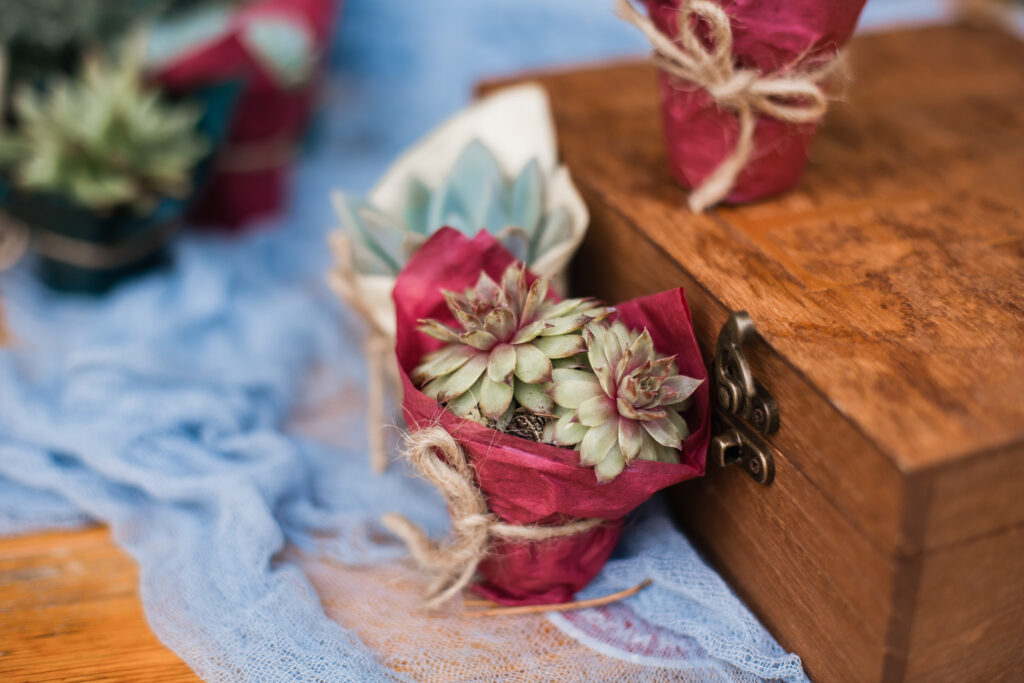Flowers may be traditional, but succulent centerpieces bring a modern, long-lasting twist to table decor. Creating your own succulent centerpiece not only livens up a dining space but also requires minimal upkeep compared to fresh-cut blooms. With their diverse shapes, colors, and textures, succulents can be combined to craft a captivating mini desert landscape right in the heart of your dining area.
Succulents are not only visually appealing but also represent resilience and adaptability, making them a perfect metaphor for life. Incorporating a succulent centerpiece into your home can serve as a reminder of these qualities while also enhancing the beauty of your space.
Why Choose a Succulent Centerpiece?
Additionally, succulent arrangements can be customized for any season or occasion, whether it’s a cozy family dinner or a festive holiday gathering. You can change out decorative elements like rocks, shells, or seasonal ornaments to refresh the look and feel of your centerpiece.
Succulent centerpieces are a natural fit for table displays. They’re low-growing, won’t obstruct conversation, and maintain their beauty far beyond the lifespan of typical floral arrangements. Because most varieties need only occasional watering, you can enjoy a fuss-free table focal point that looks as good on day 60 as it did on day one.
Selecting the Right Succulents
Aim for a mix of shapes and heights while keeping the arrangement relatively low-profile:
- Rosette Forms: Echeverias, Aeoniums, and Graptoverias form lovely, symmetrical rosettes.
- Trailing Types: String of Pearls or Burro’s Tail add soft draping elements around the container edges.
- Textured Options: Kalanchoe Tomentosa (Panda Plant) or Haworthia offer intriguing leaf textures or patterns.
Step-by-Step DIY Guide

- Pick Your Container: Shallow bowls or troughs work especially well for centerpiece arrangements. Ensure it has drainage holes or plan to water conservatively if it doesn’t.
- Prep the Soil: Use a cactus or succulent mix for optimal drainage. A thin layer of gravel at the bottom can help prevent waterlogging.
- Arrange the Plants: Place taller succulents in the center or at one side for a slight asymmetry. Position trailing varieties along the edges.
- Fill Gaps: Add more soil around the roots, and then top with decorative gravel or sand to give the arrangement a polished look.
- Styling Touches: Incorporate small rocks, driftwood, or miniature figurines to reflect your personal style or match the occasion.
Enhancing Your Table Decor
The centerpiece is just one part of the overall dining ambiance. Consider the following:
- Lighting: Soft candlelight can illuminate the succulents, casting intriguing shadows.
- Color Palette: Coordinate pot colors or table linens with succulent hues—subtle blues, greens, or even purples.
- Seasonal Flair: Add mini pumpkins in the fall, colorful ornaments for a festive holiday table, or seashells for a beach-inspired summertime spread.
Care and Maintenance
Even the most drought-tolerant plants need a bit of attention:
- Watering: Lightly water every 2–3 weeks, or whenever the soil is fully dry. Use minimal amounts if there’s no drainage hole.
- Lighting: Succulents prefer bright, indirect light. Move the centerpiece near a window when not in use.
- Long-Term Upkeep: If succulents outgrow the container or become leggy, prune them back or transplant. Refresh the top dressing and remove dead leaves as needed.
With a succulent centerpiece, you bring an effortless blend of modern style and natural beauty right to your table. From festive gatherings to everyday meals, these arrangements instantly elevate the dining experience. Experiment with contrasting shapes and colors, layer in decorative accents, and enjoy a desert-inspired focal point that requires minimal care yet delivers maximum visual appeal. Your guests will be impressed, and you’ll have a centerpiece that brightens every occasion.
Consider adding a variety of textures and heights to your centerpiece to create visual interest. Mixing different types of succulents, such as those with smooth leaves alongside those with fuzzy or spiky textures, can enhance the overall aesthetic and make your arrangement more captivating.
Don’t forget to consider the table setting as a whole. Use complementary tablecloths, napkins, and dishware that align with the colors of your succulent centerpiece, making for a cohesive and charming dining experience.




